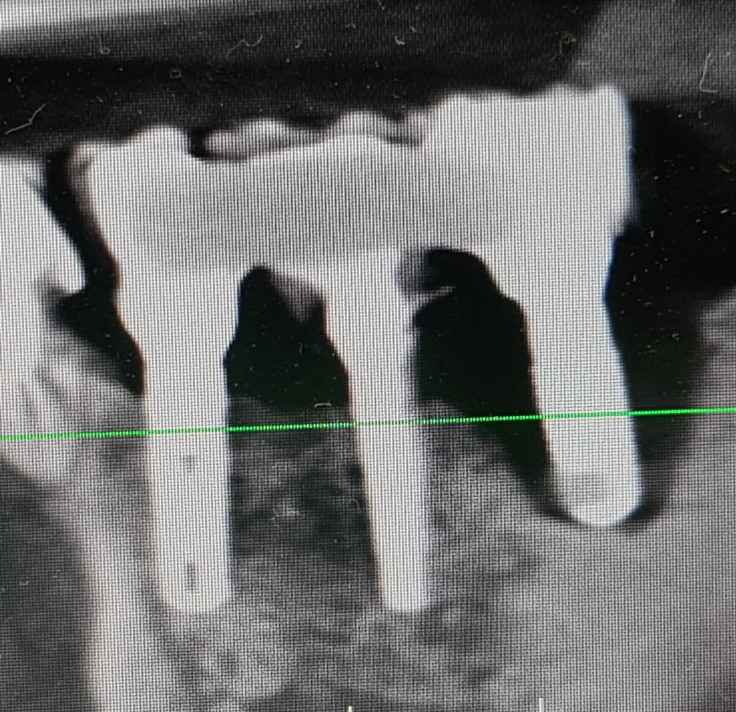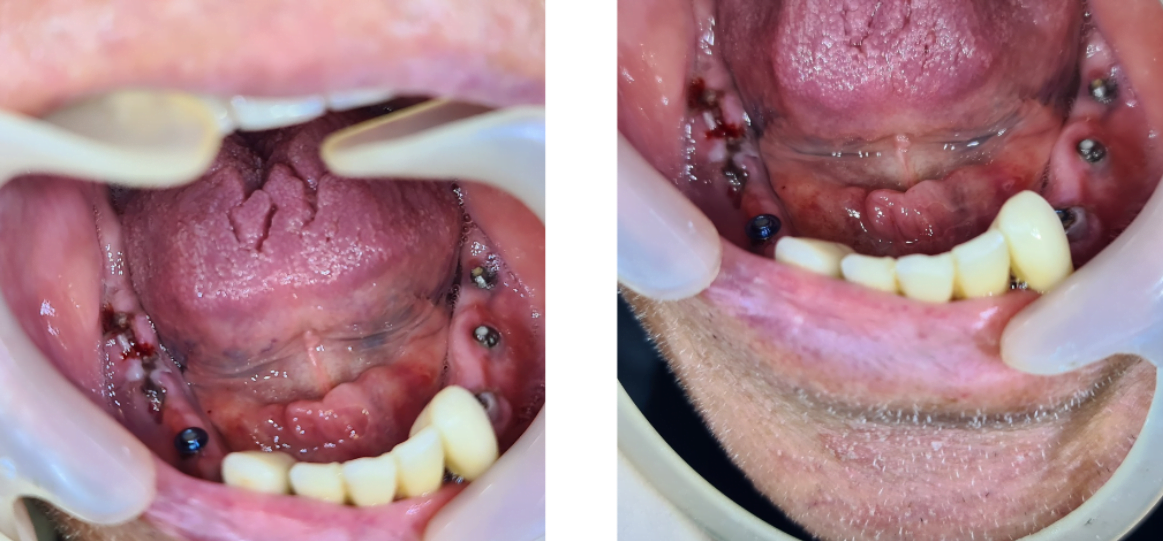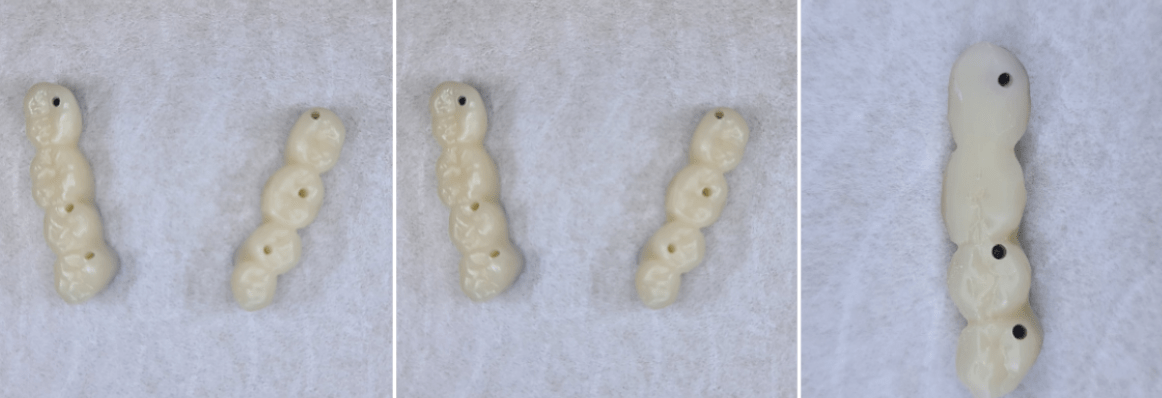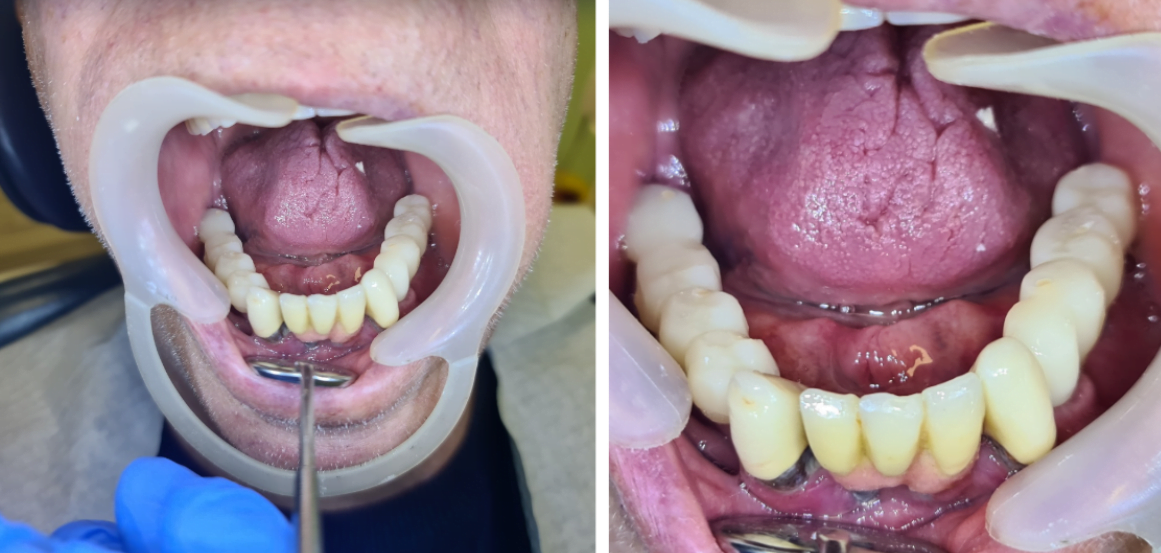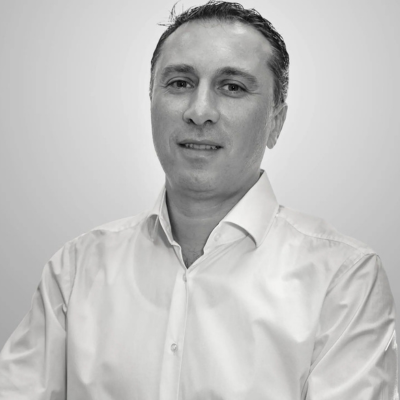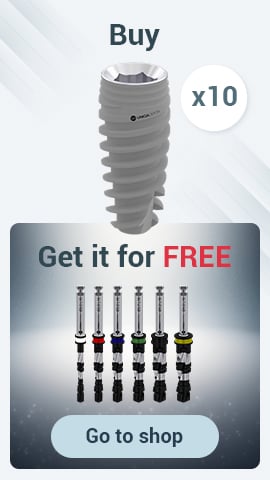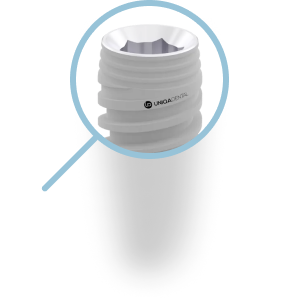Why small holes in screw retained bridge on multi unit better Old cemented bridge was replaced
Hi everyone – welcome back to Uniqa Dental Show. We are here to discuss new procedures in the field of dentistry. We will provide interesting new cases to exhibit how doctors use our products to solve complicated dental cases. Don’t forget to subscribe & follow us to stay up to date! Dr. Yaniv is with us today. So let’s get started.
Initial clinical situation of the patient
Today we’re going to take a look at this picture – it really says it all. You can see these teeth are untreatable & that we’ll need to extract everything!
This patient is about eighty years old. He complained about pain in this area – crowns 36 and 37. When you look at the hygiene of this patient, you can see health problems, first of all. You know that there is a huge amount of inflammation. You have gingival recessions, you have bone resorption. You have almost all the problems there are. But he didn’t want to do anything except treat the source of the pain. So, at first those two crowns fell. So, we went to a different clinic. They cemented both those crowns. When the pain didn’t go away, he came to our clinic to check the source of the pain. This was the x-ray. You can see these three implants were placed around 10 years ago.
X-ray showing that one implant is outside the bone tissueHe said he wanted us to just take out the bridge and try to treat the pain. We told the patient that the implant will come out with the bridge. And when time came, we realized that the cemented method that was used to cement the bridge was permanent cement and not temporary. So, it’s almost impossible to take out the bridge.So when you cement a bridge with permanent cement, you may have trouble removing the bridge.
Also in the picture, between the problematic and the implant fixed in the bone, the remnants of the cement used by the doctor are visible. In this case, you need to remove the cement, the bridge mechanically – just cut the bridge and remove it in pieces. With a diamond burr, something like this.
Patient’s oral cavity after removal of old prostheses and one implantThose crowns were PFM crowns with a lot of metal. So it took a really long time to remove those crowns. You can see here, the implants after the procedure, the implant that he left with. These are the crowns. You can see that we looked for the screw channel. We cut the crown. We removed, in the end, the residues of the cement. We removed the bridge with the implant.
The old bridge that was removed along with one of the implantsIt’s an implant that you can’t leave in the mouth because you have inflammation around the implant. You don’t have any bone around the implant. Just remove the implant as is, without anything. It came out pretty easily. You don’t need to do anything. If it was a single tooth, you just take out the tooth with the implant.
What do we get from treatment
We’ve made new bridges for the patient. These are PMMA bridges with small screw channels to make the bridges as strong as possible.
New temporary bridges for the elderly patientIf you see a PMMA with a small school channel, you know a sleeve was used. In many cases, it’s better to use a sleeve because you don’t want to screw it too tight, to tighten the screw on a PMMA because PMMA is soft material, and with time, it can unscrew. We took out the bridges that he had. We removed the problematic implant and we changed both of the posterior bridges to new ones. We instructed on the cleaning process that he needs to do. You can see right now that it’s much cleaner and you have a little bit of a pinkish color in the gingiva and not everything is red.
The state of the patient’s oral cavity after the installation of new dental bridgesThis inflammation in the frontal area will remain as long as the problem has yet to be treated. But the patient doesn’t want to do anything extensive, he just wanted to treat the source of the pain. He just wanted to do something specific. You can’t, by force, treat the patient and remove the implants. I don’t know what you need to do. Probably it will hold. It will hold 10 more years, 20 years. We removed the source of the pain. We restored both sides with two new bridges and in this case it’s even temporary bridges because he didn’t want to do anything else, he just wanted to deal with the pain that he had. That’s all.
Thank you everyone that joined in to learn some new & interesting information – make sure to stay tuned for more and of course don’t forget to subscribe, like and follow! Thank you & see you next time.


